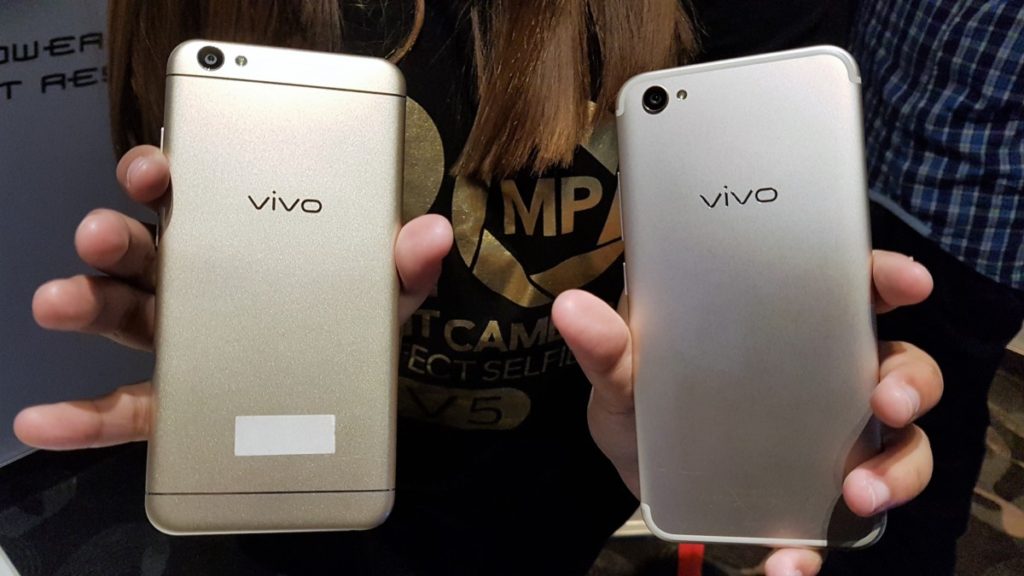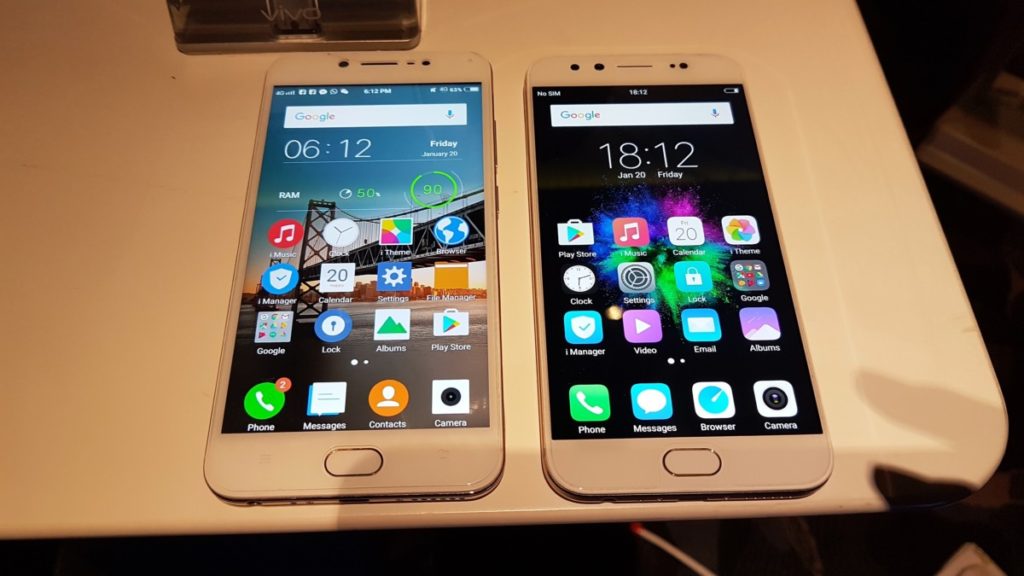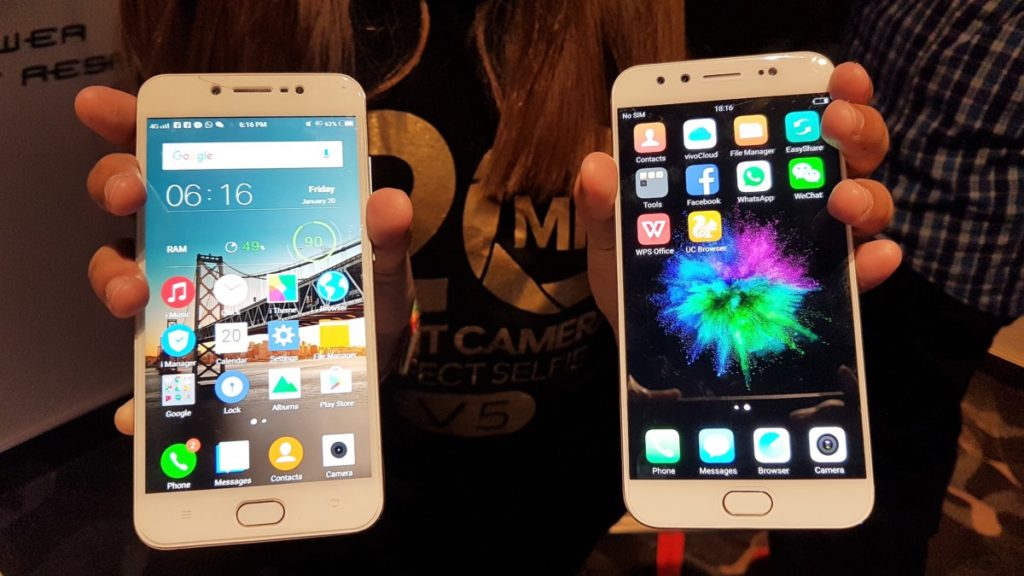
Vivo V5 versus the V5 Plus: How do they stack up?
Scarcely a few months after the launch of Vivo’s V5 selfie-optimised phone in Malaysia sometime in November of 2016, Vivo has already launched a heavily upgunned successor dubbed the Vivo V5 Plus.

Externally, both the Vivo V5 and V5 Plus are similarly sized but closer inspection reveals that the V5 Plus is not only heavier on account of the better hardware in it and the improved optics, but also slightly thinner and slimmer as well all around.
The biggest giveaway in terms of identifying both designs is the inclusion of a dual front camera on the front along with an antenna band trimmed in white on the top and bottom edges of the V5 Plus.
In terms of display size, both still pack a 5.5-inch LCD touchscreen upfront sheathed in Corning Gorilla Glass. Where they differ is that the V5 has 720P resolution and 267PPI while the V5 Plus comes with a more pleasing 1080P resolution and a much higher 401ppi. The V5 Plus also has an improved, tougher fifth generation version of Gorilla Glass on the display.
The biggest difference with both phones though is the front selfie camera. Whereas the older V5 has a single 20-MP with an F/2.0 lens and a 1/2.8” sensor size, the V5 Plus packs that along with an additional secondary 8-MP camera sitting sidecar with an F/2.0 lens to add additional depth information when taking shots in order to offer much better bokeh. The V5 Plus also has the ability to refocus bokeh after taking a picture.
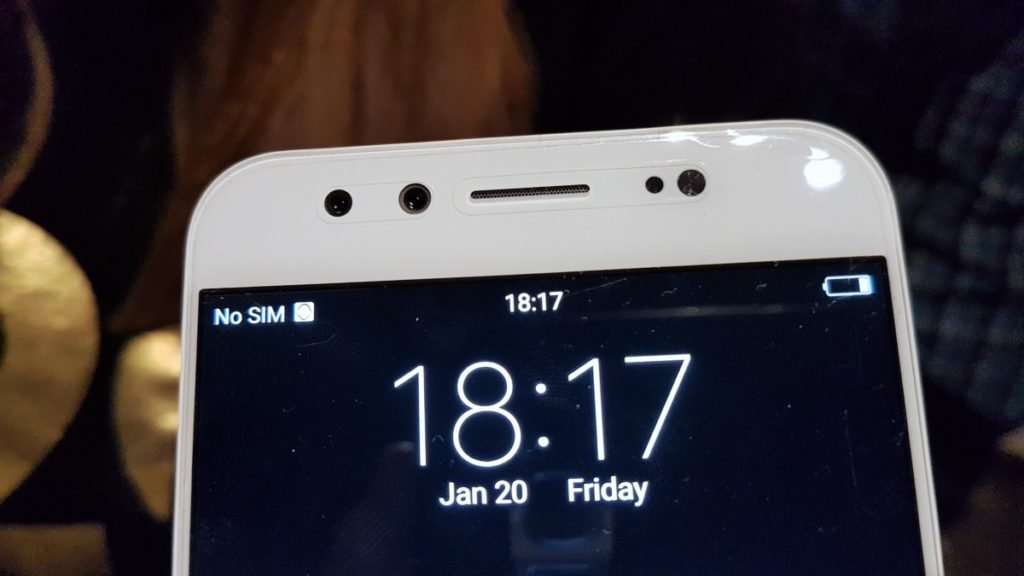
The older Vivo V5 has a slightly smaller 13-MP rear camera and 1080P video capture while the V5 Plus has a slightly better 16-MP rear camera with an F/2.0 lens and phase detection autofocus with the ability to capture 4K video.
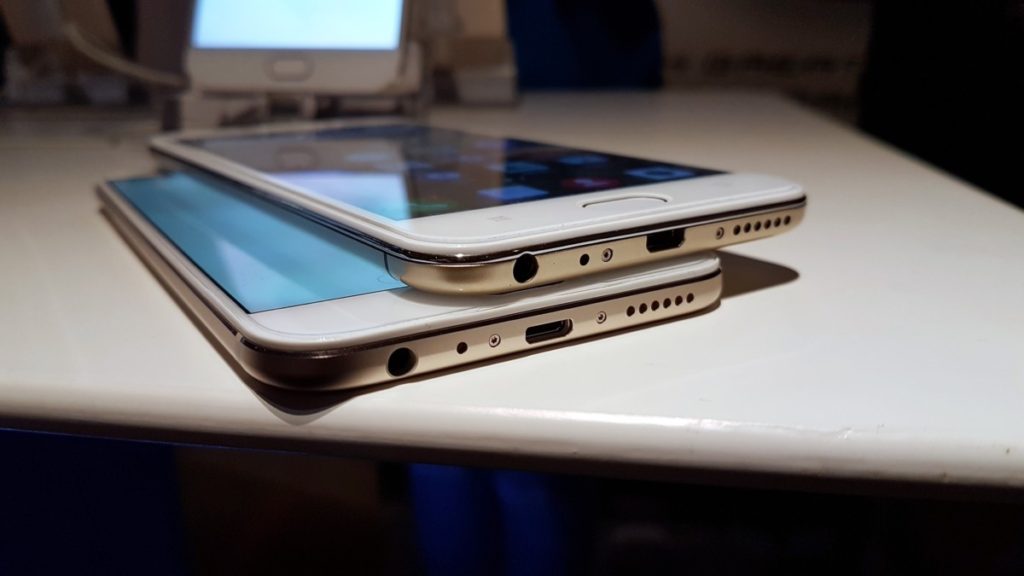
On the hardware front, the Vivo V5 has a MediaTek MT6750 1.5GHz octacore processor running Marshmallow and their Funtouch 2.6 OS with 4GB RAM and 32GB of expandable storage. The Vivo V5 Plus on the other hand uses an improved 14nM Snapdragon 2.0GHz 625 processor, a similar 4GB RAM and 64GB of expanded storage.
While the V5 Plus has a significant edge over the V5 in almost every way including packing a much better front-camera array, a better processor, a sharper screen and more storage, it also costs quite a bit more at RM1,799 – an RM500 bump up – whereas the V5 costs RM1,299. While we’ve yet to field test the V5 Plus, it looks very promising indeed and looks like a significant upgrade of the older V5 though the newer V5 Plus won’t supersede the older V5 and both phones will continue to be sold side by side for the immediate future. Both are available on sale in Malaysia at all authorised outlets nationwide and online too at 11street and DirectD.


